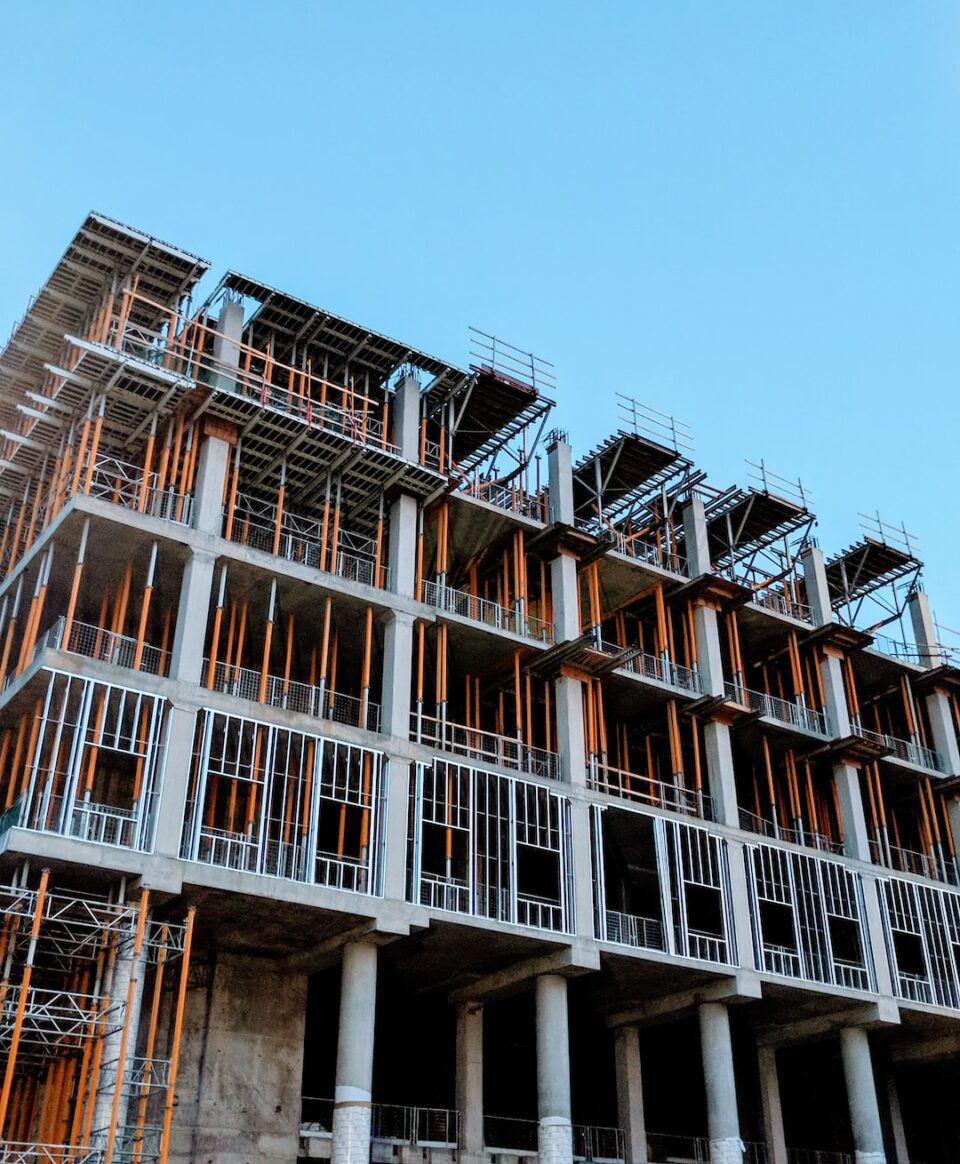The use of scaffolding has been a crucial part of construction projects throughout history. This temporary structure provides a safe and elevated platform for workers to perform various tasks. Over time, the evolution of scaffolding has seen significant advancements, moving from traditional systems to modern designs that enhance safety and optimize efficiency. In cities like Mexico City, construction companies rely on the latest scaffolding systems for their projects, often opting for renta de andamio cdmx (scaffolding rental in Mexico City) services.
Traditional scaffolding systems were typically constructed using timber poles and bamboo, lashed together with ropes and secured with knots. While functional, these structures had limitations in terms of stability and load-bearing capacity. As construction techniques evolved, so did scaffolding systems, with the introduction of metal frameworks.
During the 20th century, tubular scaffolding emerged as a more reliable alternative. The use of steel tubes and couplers allowed for greater flexibility, adaptability, and strength. This new system proved to be a significant improvement over traditional scaffolding, enabling workers to perform their tasks with greater confidence and efficiency.
As technology progressed, lightweight aluminum scaffolding systems became popular. Aluminum offers several advantages over traditional steel scaffolding, including enhanced mobility and corrosion resistance. It is also easier to assemble and disassemble, reducing construction time. The use of aluminum scaffolding is particularly beneficial in areas prone to seismic activity, such as Mexico City, where the risk of collapsing structures poses a significant threat.
In recent years, modular scaffolding systems have gained traction in the construction industry. These systems consist of prefabricated components that can be quickly assembled and disassembled, providing cost-saving benefits and increased efficiency. One such example is the Ringlock system, which employs a versatile design utilizing vertical posts and horizontal rings that lock together securely. This system offers excellent load-bearing capacity, stability, and adaptability, making it particularly popular among construction companies in Mexico City.
The modernization of scaffolding systems has also led to the integration of safety features. Guardrails, toeboards, and safety nets are now standard components, ensuring the protection of workers at elevated heights. Moreover, the introduction of advanced materials and engineering techniques in modern scaffolding has made it resilient to harsh weather conditions, further enhancing safety.
In conclusion, the evolution of scaffolding systems from traditional to modern designs has revolutionized the construction industry. The introduction of tubular steel, aluminum, and modular systems has greatly improved efficiency, mobility, and safety in construction projects. In cities like Mexico City, where seismic activity poses unique challenges, scaffolding rental services like renta de andamio cdmx play a significant role in ensuring the safe and successful completion of projects. As technology continues to advance, it is expected that future scaffolding systems will offer even greater efficiency and safety standards for construction workers.

